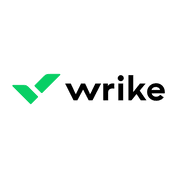I Done This is a Task Management Software. I Done This offers Time Tracking, Task Tracking, Task Scheduling, Reporting (Analytics), Recurring Task Management and many more functionalities.
Some top alternatives to I Done This includes Todoist, Wrike, Smartsheet, TeamGantt and SmartTask.
Yes, I Done This provides API.
No, I Done This doesn't provide mobile app.
I Done This is located in San Francisco, California
I Done This offers Free Trial, Subscription pricing models
The starting price of I Done This is $9/User/Month when Billed Yearly















